Today, I’m finally taking the time to look at Acupuncture Channel/Meridian Theory, focusing on the meridian characteristics, pathways, functions and layers, the cyclical flow of Qi within the channels, and the strategic application in clinical practice.
I’m also sharing how science explains the meridians and acupuncture effects on patients physiologically. It’s important to know how to communicate to your patients how acupuncture works in terms they can understand.
I often refer to meridians or channels interchangeably as in classic text they are referred to as Jing Luo and translated sometimes as meridians and other times as channels. Welcome to the TCM lost in translation never-ending dilemma! 🙄
Prepare to enrich your understanding, refine your skills, and apply this knowledge practically.
Keep rocking using TCM,
Clara
TCM Geek
PS: If you want more, check out the Acupuncture Meridians Resource Page! And, if you haven’t invested in my book AcuPoints Made Easy, get your copy here! 🙏
Acupuncture Channel/Meridians Theory
Understanding Acupuncture Channel (Meridians) Theory to provide better treatments
The layers of meridians: from deep to the surface (Meridian Layers video)
- 12 Regular meridians (carry Qi & Blood) & 8 Extraordinary Vessel (carry Essence)
- 12 Divergents (spread to diverge and connect a bigger network)
- 15 Collaterals: connect interior to exterior, expel pathogens, expel long-standing emotions, connect Yin & Yang related meridians
- 12 Muscular regions pertain to and treat muscle issues
- 12 Cutaneous (or dermatomes) regions pertain to the skin
Functions of the meridians:
- The meridians are pathways in which Qi & Blood circulate. They pertain to the Zang-Fu organs interiorly and extend over the surface of the body exteriorly, forming a network and linking tissues & organs into an organic whole.
- They transport Qi & Blood.
- They keep the body & mind in balance.
The 12 regular meridians/Channels
- The cyclical flow of Qi in the 12 meridians: Lu, Li, St, Sp, Ht, Si, Bl, Kd, Pc, Sj, Gb, Lv, and back to Lu again.
- 6 Yin meridians & 6 Yang meridians always link together.
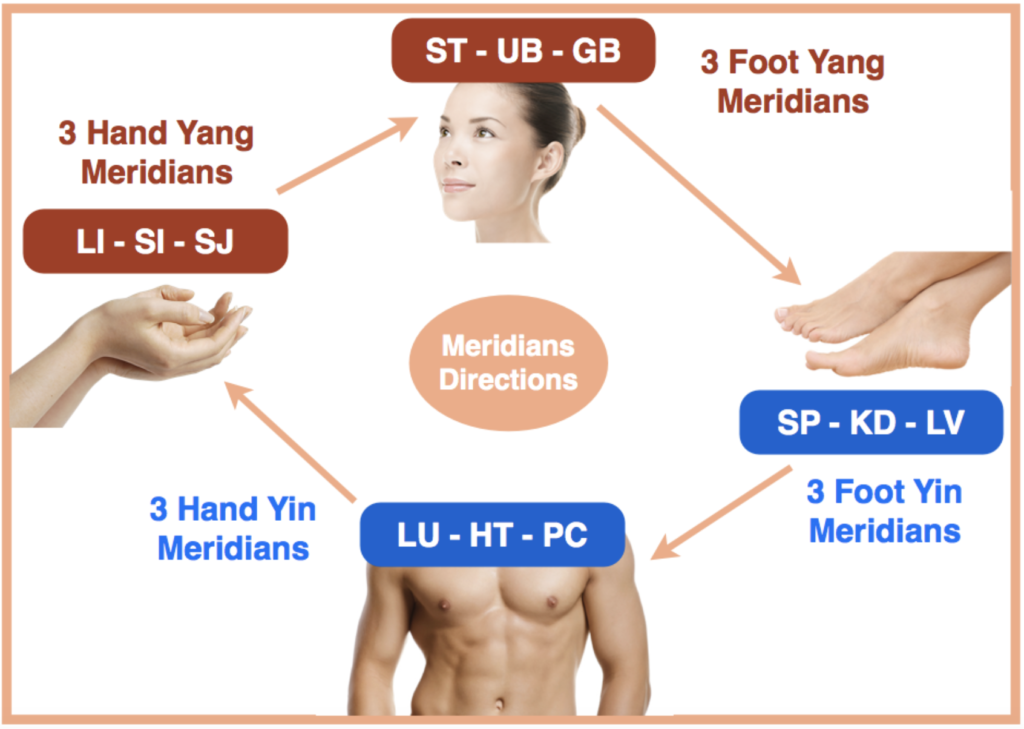
- Names of the Acupuncture Meridians/Channels:
-
- Hand Tai Yin (Lu)
- Hand Yang Ming (Li)
- Foot Yang Ming (St)
- Foot Tai Yin (Sp)
- Hand Shao Yin (Ht)
- Hand Tai Yang (Si)
- Foot Tai Yang (Bl)
- Foot Shao Yin (Kd)
- Hand Jue Yin (Pc)
- Hand Shao Yang (Sj)
- Foot Shao Yang (Gb)
- Foot Jue Yin (Lv)
- Characteristics of the 12 regular meridians:
-
- Run vertically upward or downward
- Run from exterior to interior or vice versa.
- Connect interiorly to organs & exteriorly to points
- Symmetrical left & right
- Directions of the 12 regular meridians:
-
- All 3 hand Yin meridians travel down from Chest to Hand
- All 3 hand Yang meridians travel up from hand to head
- All 3 Foot Yang meridians travel down from head to foot
- All 3 foot Yin meridians travel up from foot to chest
- Positions & strength of the meridians
-
- Tai Yin & Yang Ming: anterior & strongest
- Shao Yin & Tai Yang: middle & medium strength
- Jue Yin & Shao Yang: posterior & weakest
- Amount of Qi & blood in meridians:
-
- Yang Ming: most Qi & Most blood
- Shao Yin meridian: least Qi & least Blood
- Shao Yang & Tai Yin: more Qi & less blood
- Tai Yang & Jue Yin: less Qi & more blood
How Science Looks at Acupuncture Meridians and Explains How Acupuncture Works
Neurology
Acupuncture points are strategic conductors of electromagnetic signals. Stimulating these points induces the release of endorphins and other neurotransmitters, which can help in pain management and modulation of the nervous system. acupuncture can enhance blood flow and neural activity in specific areas of the brain, influencing the body’s pain response and promoting healing.
Connective Tissue
Acupuncture points are located in areas with dense connective tissue. Needling these points stimulates the connective tissue, leading to biological responses such as increased circulation, reduced inflammation, and enhanced healing.
Immune System
Acupuncture stimulates the immune system, enhancing the body’s natural defense mechanisms. This includes increasing the levels of white blood cells, specific hormones, and other substances that can improve immune function and overall health.
Circulatory
Acupuncture influences the cardiovascular system by promoting the dilation of blood vessels and improving blood flow. This can help in reducing blood pressure and supporting the delivery of oxygen and nutrients to tissues, thus reducing inflammation.
Gate Control of Pain
Acupuncture can block pain signals from reaching the brain. By stimulating nerves, acupuncture may activate inhibitory neural pathways and close the “gates” to pain signals, thereby reducing the perception of pain. That’s why it’s often used in place of anesthetic for surgery or dentistry.
Biochemical
Acupuncture can trigger the release of various biochemicals, such as hormones and neurotransmitters, which can regulate hormonal balance, reduce inflammation, and alleviate of stress and anxiety.
Fascial Network
The meridian system corresponds to the body’s fascial network, which is a web of connective tissue surrounding and connecting muscles, organs, and other tissues. Acupuncture works by stimulating the fascia affecting the structural and functional health of the body.

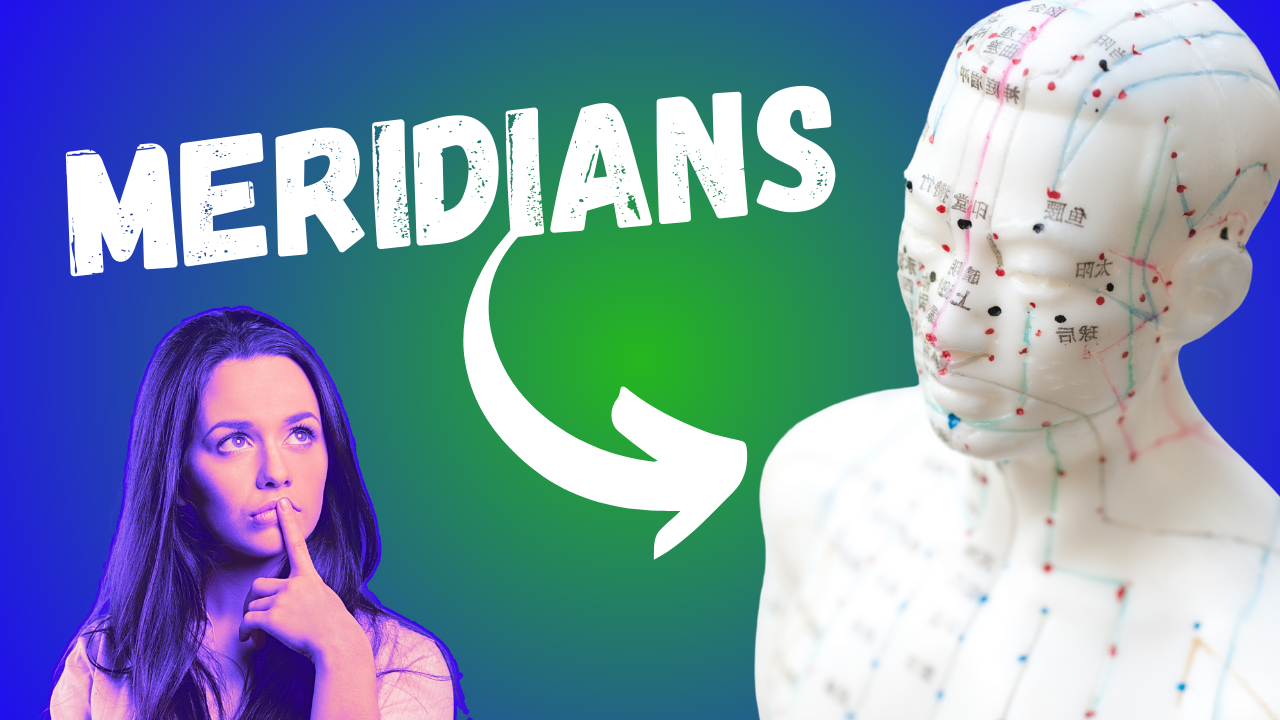
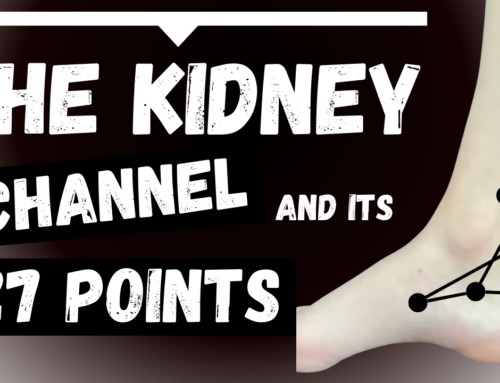
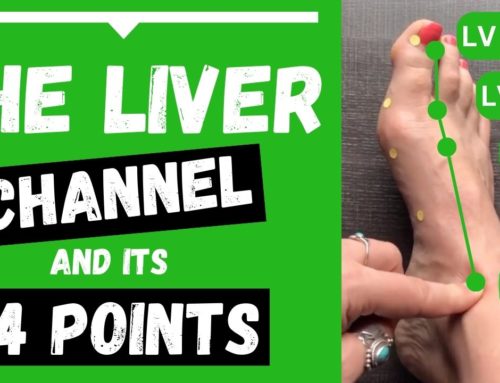
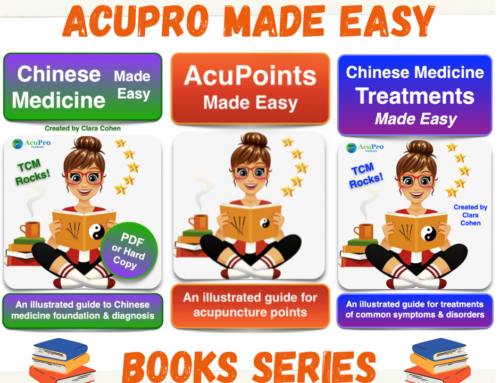

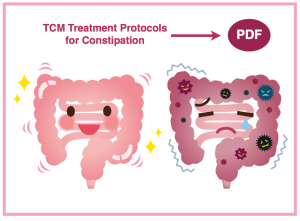
Love your simple language. I always try to use easy metaphors for my patients
Yay! That’s fantastic, Pixie! Thank you for sharing 💜
Simple and straight forward, thank you Clara
So glad you found it useful, Manfred 🙌🏼
Wow 👌short and sweet explanation.✍️..easy to remember and diagnosis 👍
Thank you Dr🙏😊
Yay! That’s perfect, Nirmala 🥰
Clara Cohen you are the best in the world you explain thing’s so easy to understand I can’t believe how much knowledge you share with us I hope you can come to England one day
Clara is actually going to England next month to teach!
Love your stuff kick on love it
There’s no stopping her! 💖